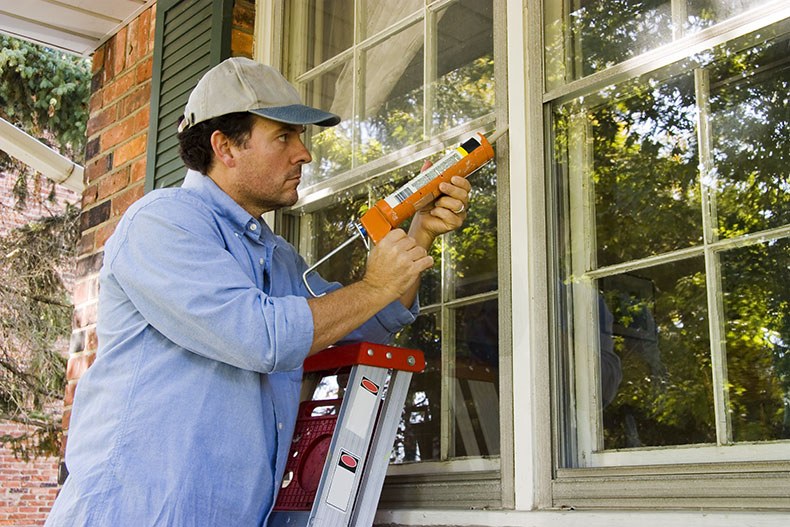A New Year brings new opportunities to save energy––and money. You may think energy efficiency upgrades require a great deal of time and expense, but that’s not always the case. Here are three inexpensive projects that can help save energy year-round.
1Trim Dryer Vent
Level of difficulty: easy.
Supplies needed: tin snips, gloves, measuring tape and masking tape.
Estimated Cost: about $25 depending on the supplies you already have.
If your dryer vent hose is too long, your dryer is working harder than it has to, using more energy than necessary. The vent hose should be long enough for you to pull the dryer out a couple feet from the wall, but the shape of the hose should form a line––it should not have a lot of slack, with twists and curves. A shorter, unobstructed vent hose increases the efficiency of your dryer, dries clothing faster and reduces lint buildup, which can create potential fire hazards. Simply measure, mark and trim the hose to the desired length, then reattach the hose to your dryer and exterior vent. If you’re unsure about the hose length, check out YouTube.com for a quick video tutorial.
2 Seal Air Leaks
Level of difficulty: moderate.
Supplies needed: caulk and caulk gun, weather stripping, gloves, putty knife, paper towels.
Estimated Cost: $25 to $50 depending on the materials you purchase.
Apply caulk around windows, doors, electrical wiring and plumbing to seal in conditioned air. You should also weather strip exterior doors, which can keep out drafts and help you control energy costs. Types of caulking and weather stripping materials vary, but ask your local hardware or home store for assistance if you’re unsure about the supplies you need. For more information, the Department of Energy provides step-by-step instructions for caulking and weather stripping.
3 Insulate Attic Stairs Opening
Level of difficulty: moderate.
Supplies needed (if you build the box yourself): rigid foam board, faced blanket insulation, tape for foam board, measuring tape, utility knife, caulk and caulk gun, plywood.
Estimated Cost: $50 to $100.
A properly insulated attic is one of the best ways to optimize energy savings and comfort in your home, but many homeowners don’t consider insulating the attic stairs, or the opening to your attic space. Even a well-insulated attic can leak air through the stair opening, but luckily, there’s an easy fix. An insulated cover box can seal and insulate the attic stairs opening. You can build your own insulated cover box or purchase a pre-built box or kit from a local home improvement store like Home Depot or Lowe’s for about $60. If you decide to build your own, check out these step-by-step instructions from the Department of Energy.
Saving energy doesn’t have to be hard. With a little time and effort, you can maximize energy savings and increase the comfort of your home.
More Ways to Save Energy
Download our Weatherization Guides to start saving.


